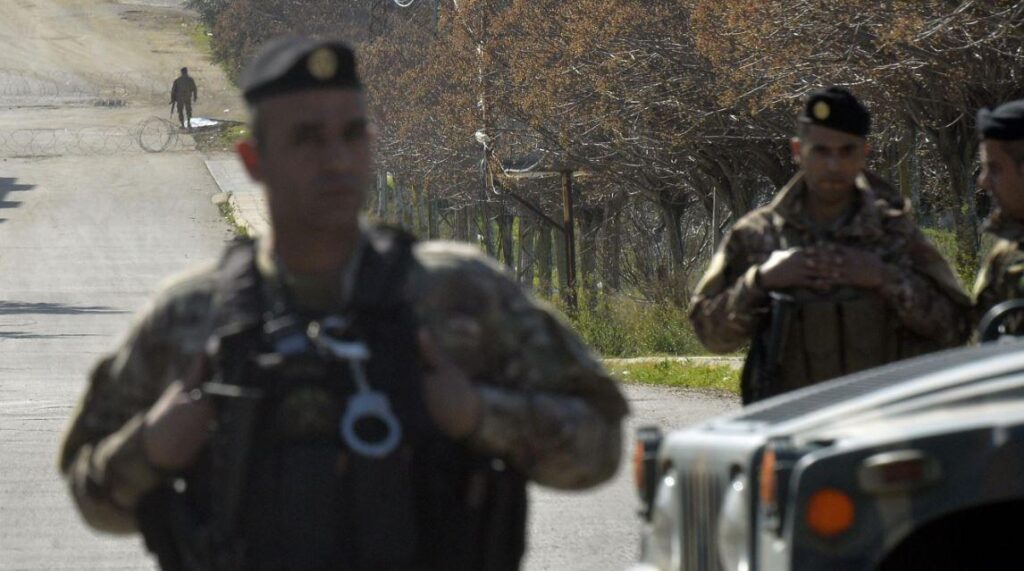Israel has pulled its forces from southern Lebanon but remain in five locations along the border in what the Lebanese government describes as a violation of a ceasefire deal.
Tuesday marked the end of the deadline for the Israeli withdrawal from the country, which was part of a truce that came into force in November.
The agreement also stipulated the removal of Hezbollah fighters and weapons from southern Lebanon and the deployment of Lebanese soldiers to the area where the group has been the dominant force for decades.
But a day earlier, the Israeli military announced its forces would remain at five “strategic” hilltops, until the Lebanese army fully implemented its part of the deal.
It was not clear how long they would stay.
In response to the announcement, Lebanon said Israel must withdraw completely. It said it would consider “the continued Israeli presence in any inch of Lebanese territory an occupation”.
The truce agreement, which was brokered by the US and France, put an end to 13 months of conflict between Israel and the Lebanese militant and political movement Hezbollah.
Early on Tuesday, Lebanese soldiers moved into the areas vacated by Israeli troops and began clearing roadblocks and checking for unexploded ordnance.
Returning in convoys, residents carried the yellow Hezbollah flag and posters with the face of the group’s late leader Hassan Nasrallah.
In Kfar Kila, right next to the border with Israel, no building had not been destroyed or heavily damaged. Families searched the rubble for personal items, but few could have been saved.
“Our house is destroyed just like all the other houses,” said 25-year-old Safaa Jouma, whose brother was a fighter killed in the war.
“We couldn’t save anything. The house was levelled.”
The ceasefire requires Israel to withdraw and for Lebanon’s army to replace all armed groups south of the Litani River, about 30km (20 miles) north of Israel
Israel’s withdrawal had been postponed from the original 60-day deadline – which fell on 26 January – stipulated in the ceasefire.
The positions where Israel Defense Forces (IDF) troops have been deployed are in mountainous terrain on the edge of the internationally recognised border between Lebanon and Israel.
Israeli Foreign Minister Gideon Saar said the IDF was “temporarily remaining in five strategic high points”, describing it as “necessary for our security”.
“The IDF’s enforcement activities against Hezbollah will continue at full strength. We will not allow a return to the reality of 7 October [2023],” Saar said, referring to the date when Palestinian Hamas gunmen carried out an unprecedented attack on Israel from Gaza.
Hezbollah had launched its military campaign against Israel the following day, saying it was acting in solidarity with the Palestinians.
The group was heavily damaged in the conflict, the deadliest fought with Israel since the militant group was formed in 1982.
Lebanese authorities say more than 3,960 people – many of them civilians – were killed during the hostilities, and one million others were displaced from areas where Hezbollah had a strong presence.
Israeli authorities say more than 80 Israeli soldiers and 47 civilians were killed. About 60,000 citizens were displaced from northern Israel.
Most of those displaced in Lebanon have returned home, the UN says, while only a minority of those displaced in Israel have done so, according to reports.
Read the full article here


